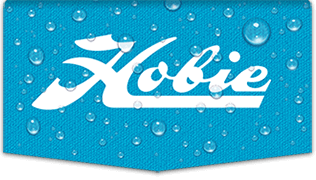It might be better to look at it in terms of power vs. drag (not speed). Really what you're trying to do is get the boat into the double trapped, windward hull just kissing the water, position as soon as possible (upwind of course). In light wind, You want to maximize the power of the rig, even at the expense of drag, in order to achieve this position as it will provide the highest top speed (as a general policy).
Once you reach the fully trapped position, you switch into drag reduction mode. Any increase in windspeed should be compensated for by flattening the sails and then reducing their angle of attack. Step one - sheet in all the way (you should already have been doing this), Step two - tighten downhaul until bottomed out, Step 3 - travel out until at hiking strap, Step four - roll up jib.
All the while, your need to take note of the balance of the boat. If the helm feels really heavy, or the boat is flying up and down all over the place, then you probably need to make an adjustment.
Quote:
Example: I've seen it posted that heavy winds call for more downhaul (flattened sail). Is this because the skipper wants to control the speed of the boat when it's blowing (i.e., "throttle it down") or because "de-powering" the sail in heavy winds actually makes the boat go faster?
Depowering through the use of downhaul in high wind makes the boat go faster. Applying strong downhaul tension in conjunction with strong mainsheet tension causes the top of the mast to bend which causes the top of the mainsail to "twist" open. This has several benefits including reduction of drag because of reduced tip vortex drag as well as lowering the CE of the rig. Lowering the CE of the rig allows the boat to carry more power for a given crew weight since the power is applied lower, so there is less heeling moment. Windsurfers have known about the benefits of twist for about 20 years, look at any modern windsurfing rig from behind and you will see that it is heavily twisted (if rigged properly).
sm





